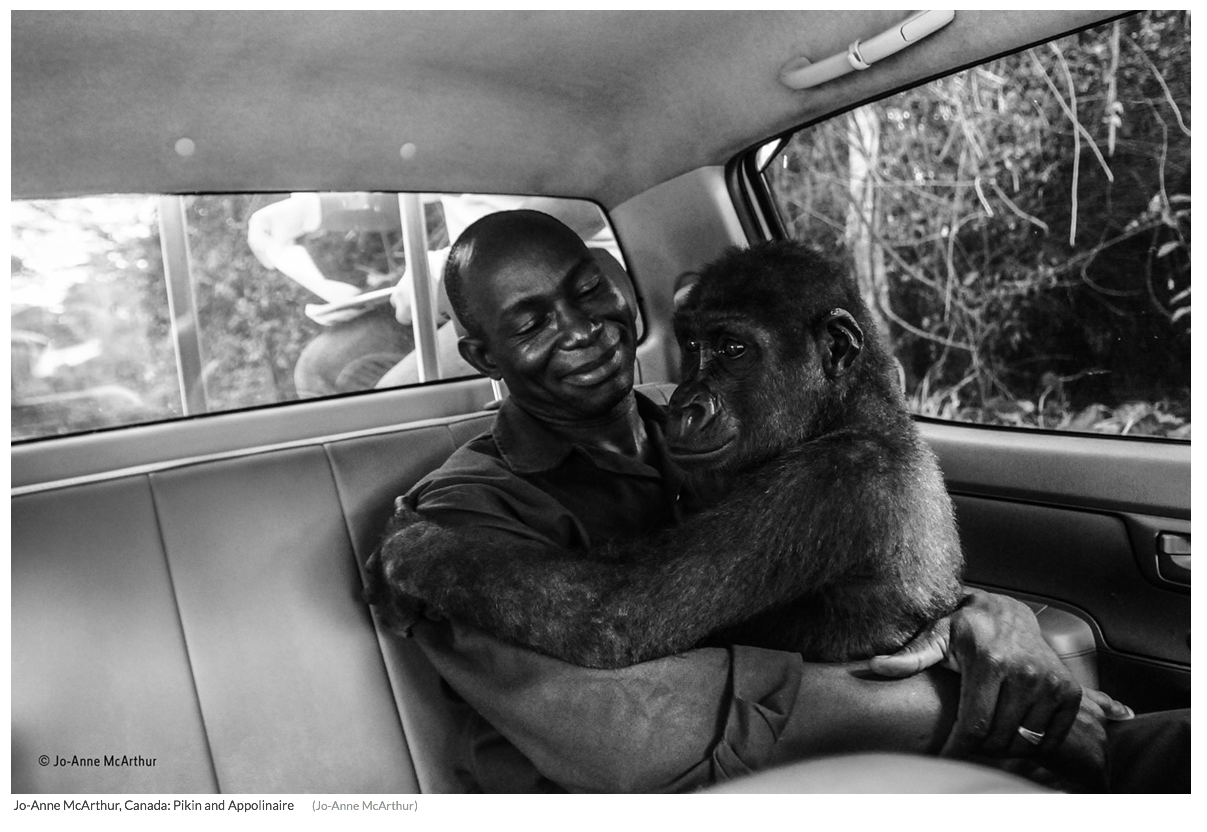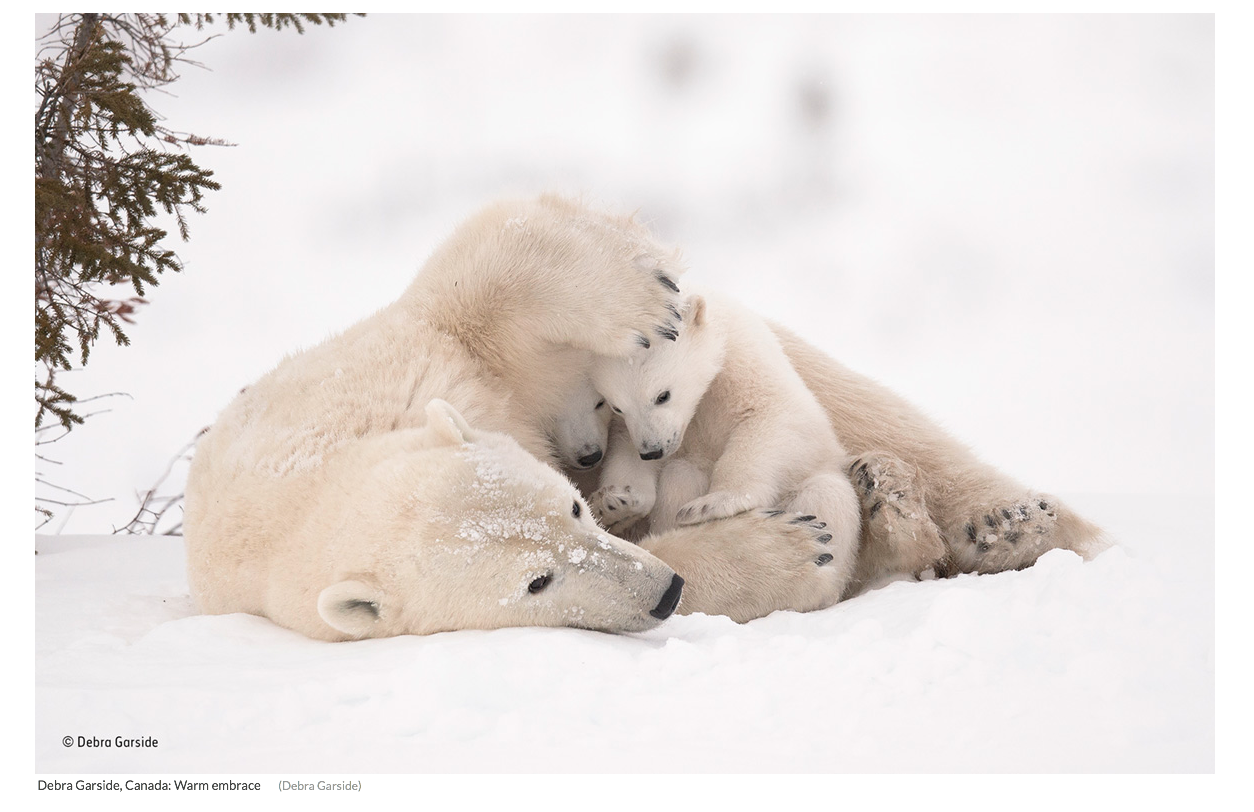One of the perils of growing old, the respected novelist and essayist Paul Theroux wrote in his Ghost Train to the Eastern Star, is hearing the same old arguments over and over again from younger people who believe they were the first to think fo that argument.
To anyone on the ground with a working knowledge of the campaign to save endangered wildlife, a wearily familiar — and thoroughly discredited — old saw goes like this:
Trophy hunting is good for conservation, because it generates much-needed revenue to finance anti-poaching efforts.
It’s quite all right for a fat American dentist to shoot Cecil the Lion for the trophy wall, because the fee and costs he paid will go toward saving other lions.
Leaving aside the fact that in all probability not one Zimbabwe dollar — or American dollar for that matter — was ploughed back into lion conservation, it’s a bogus argument from top to bottom. The licence fee for a trophy bull elephant in Zimbabwe is USD $20,000; that same fee for an elephant in South Africa with tusks weighing over 50 lbs. is USD $50,000, not counting mandatory daily safari costs and the official daily rate per hunter and attendant trackers and camp staff.
Here’s where common sense trumps the financial-incentive argument, though — common sense over common cents, if you will.
An elephant shot for its ivory, or to be mounted on the wall of the family den back in the good state of Minnesota, or wherever, is a one-off in terms of revenue, even if that revenue was being put back into conservation, which it isn’t.
Tourism, though — much maligned by trophy hunters as a pastime for weaklings, losers and snowflakes — generates income, and jobs, day after day, for as long as the animal(s) in question stays alive in the wild.
That fat American dentist got his money’s worth out of Cecil the lion — arguably — but who knows how much money would still be generated today, right now, if Cecil were still alive, still there to show off his pride to tourists willing to pay USD $500 a night in some cases for the privilege of staying in a lodge within driving distance of lion territory. Botswana is the most expensive travel destination in Africa by far, in part because, unlike Kenya, Tanzania and even South Africa, Botswana’s national government made a conscious decision to cater to an elite few who can afford the exorbitant cost of a safari in the Okavango Delta, Chobe National Park and Moremi Game Reserve. in the theory that small numbers of well-paying visitors leave less of an imprint on a fragile environment than a mob of backpackers flocking to the Amboseli, Maasai Mara and Serengeti on the cheap, in East Africa.
Even in the Mara, though, where many of the local area conservancies are owned, managed and maintained by local Maasai stakeholders, even high-volume tourism is preferable to letting fat American dentists shoot every lion they see, no matter how high a licence fee they may be willing to pay.
That’s why Botswana President Ian Khama’s announcement late last week that Donald Trump’s decision to reverse his proposed ban on the import of big-game trophies, such as lions and elephants, will encourage more poaching, not less.
The reason legal hunting encourages illegal hunting doesn’t have so much to do with hunting itself as it does the market. Legal trophy hunting boosts the demand for legitimate ivory and lion trophies, which in turn feeds the market for illegal hunting. Since hardly anyone — not even a forensic pathologist or wildlife biologist — can tell the difference between legal ivory and that which has been harvested illegally, it doesn’t much matter where it came from, since no one can prove it anyway.
Only by closing down the market can the demand be controlled and eventually eliminated entirely.
And there’s no better way to shut down a market than to ban the importation of whatever it is people are trying to import, where it’s a lion head, elephant tusks or Bolivian marching powder.
If a fat American dentist shoots a trophy lion, but is unable to take that trophy home to show off to his friends and brag about what a He-Man he is, he’s unlikely to want to shoot that lion in the first place, especially at those prices ($25,000+, not including travel costs and mandatory daily fees and camp costs, not to mention tips for the staff).
Khama, speaking this past weekend at an anti-poaching summit in Kasane, Botswana, pointed out that Botswana banned hunting entirely some time ago, but that it is still legal in countries like Tanzania, Namibia, Zimbabwe and South Africa. (Hunting has also been banned in Kenya, which has on occasion fed cross-border tensions between Kenya and neighbouring Tanzania,)
Khama said Trump’s overturning the US ban on the import of hunting trophies would only fuel poaching in his home country of Botswana. There has been a dramatic spike in poaching across Africa over the past 18 months, driven almost wholly by insatiable demand in Southeast Asia, China and, yes, the U.S. for elephant ivory and rhino horn.
Khama didn’t stop at trophy hunting, where Trump was concerned. He told the BBC that he was concerned about Trump’s “attitude toward the whole planet,” not just the import of hunting trophies.
The situation facing elephants is grave, despite the worldwide campaign by environmentalists, ecologists, conservationists, wildlife biologists and ordinary, everyday working people who want their children and grandchildren to possibly be able to see an elephant in the wild one day. Mike Chase, director of the conservation agency Elephants Without Borders, said at that same conference that he believes the worst of the poaching crisis is not yet over.
Botswana aside, Chase told delegates, “The political will to address these issues is not there, unfortunately.
“It has been in Botswana. And if our neighbours can learn from Botswana’s example, it will go a long way toward addressing this crisis.”
Despite the old, discredited argument that trophy hunting aids conservation efforts financially, the bottom line remains the bottom line: A lion or elephant is worth more alive, in terms of jobs, income and education opportunities to local communities in rural Africa, than it is dead.
Even a fat American dentist should be able to figure that out.
















